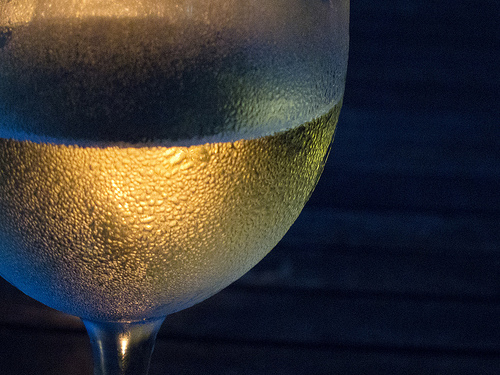This instalment in the Photography Fundamentals series is a slightly cerebral departure from the norm. We're going to explore the idea of quality versus quantity. It's not a debate over the merits of digital compared to film, more a costs and benefits analysis of them both. Quality versus quantity; it's a purely digital conundrum. Back in the days of film, you had a given number of exposures per roll and that was that. Even if you kept a ready supply of film on you, having the rolls developed wasn't a cheap business, so you thought carefully about every image. You set upon the story, you nailed the composition, and you got the exposure bang-on. Or at least you tried to. The point was that you aimed for quality every time.
Now, memory is cheap—you can pick up an 8GB memory card for under £10—and you can shoot and shoot and shoot until your heart is content: I can get several hundred Raw images from my Canon 6D on said same card. If you fill up your memory card and don't have a spare, you can scan back through your files and delete those that are out of focus, horribly exposed, or just don't work. We're no longer hide-bound by physical (and economic) limitations of film, allowing us the ability to play, experiment, and get things wrong ad infinitum. The barometer has swung from quality to quantity.
This has to be a good thing, right?
Well… yes, and no.
Being able to take hundreds and hundreds of images off the reel is stupendous, especially when you combine it with the ability to shoot in high frame rate bursts. I was epically grateful for this last weekend, when I went out to photograph the final stage of the Tour of Britain. Not only did the cyclists racing around the central London circuit ten times give me ample opportunity to capture them as well as stand and cheer, so did my memory cards. I wasn't concerned that I'd waste rolls of film and not have anything to show for my endeavours; digital had me covered.
However, there's also a possibility that the ability to shoot almost endlessly is making us lazy as photographers. We don't have the over-arching need to plan our photos properly anymore, we can simply 'hit and hope'. Are there elements of the craft that are being forgotten, lost, and ignored because quantity is ruling over quality? If I'd only had one chance to capture those cyclists on Sunday, as opposed to ten, would I have been able to get the shot because I'm too accustomed to being able to go back and try again?
Does this make me sound like a curmudgeonly luddite who'd rather be shooting wet plates? Probably. But it isn't meant to. It's meant to highlight the balancing act that we need to perform between the limitations of restricted exposures and the potential for exploration and experimentation with virtually unlimited exposures. It's actually me saying that quantity is awesome, but we shouldn't worship at its altar to the ignorance of quality.
So why don't you try this as an experiment. Allow yourself 36 exposures, and no peeking at your LCD screen. How many shots from your 36 make the grade and what did you learn from the experience? Maybe you always under-expose, or perhaps you have a tendency to sloppy framing. Are you thinking about your aperture carefully enough? You might notice that your subject placement is something that you do consistently well. Perform the exercise on a regular basis and it could lead to an improvement in your photography. Then you won't need to take so many shots off the reel!
Prime lens << Photography Fundamentals >> Rule of thirds








